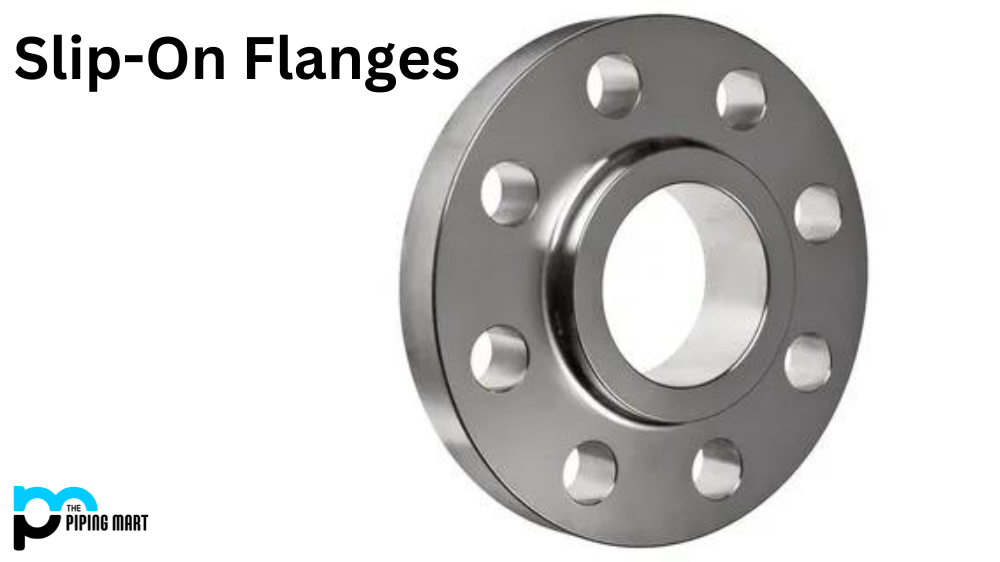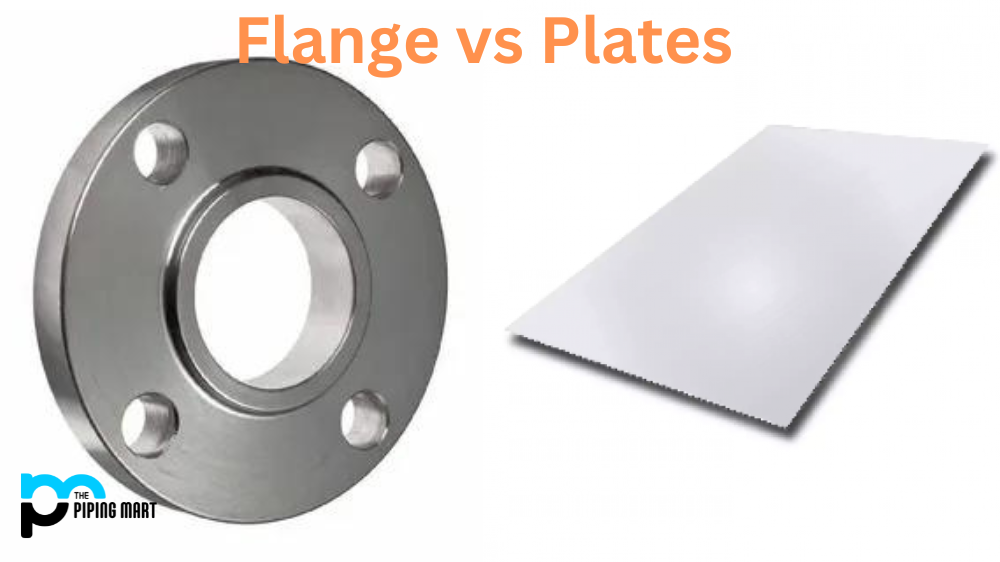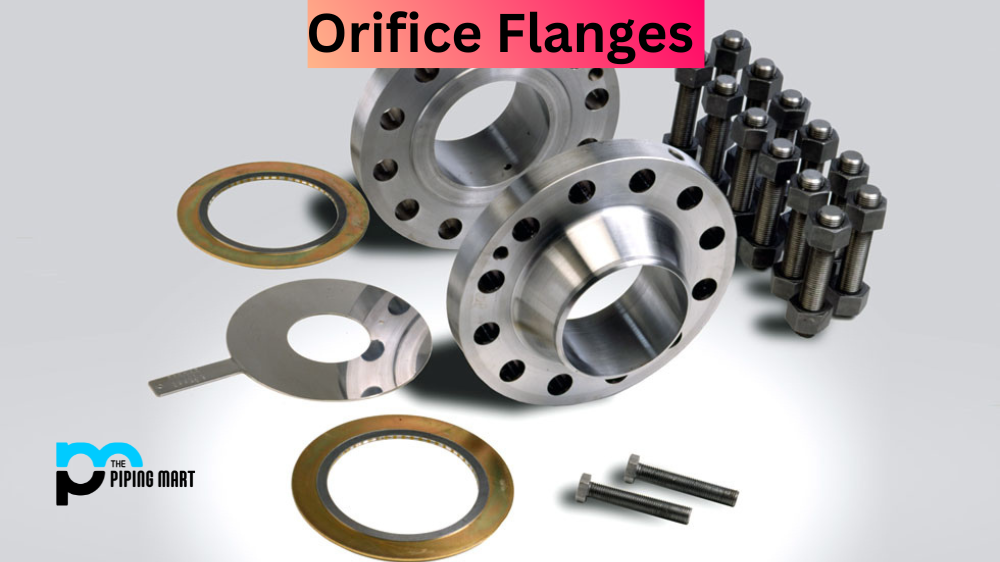A slip-on flange, comprising a flange and a collar, offers simplicity in pipe fitting as it slides onto the pipe’s outer diameter. Widely used across industries like construction and chemical processing, it allows for easy installation and removal, particularly beneficial for applications requiring frequent adjustments. In this blog post, we will discuss slip-on flanges, their uses, and their available types.
What is Slip-On Flange?
A slip-on flange (SOF) is a type of pipe fitting with an internal shoulder or groove that fits over the end of a pipe. The flange has a circular opening with an internal shoulder or grooves. The collar slips over the outside diameter of the pipe and is secured by welding or bolting. This connection provides strength and stability to pipes, allowing them to be easily opened for maintenance or repair work.
Slip-On Flange Uses
Slip-on flanges are most commonly used in water systems, oil and gas pipelines, air conditioning systems, cooling towers, and other piping applications. They provide a secure connection between two pipes that can withstand high pressures without leaking or coming apart at the joints. Slip-on flanges also provide easy access for inspection or maintenance since they can be removed without having to cut into the pipe itself.
Slip-On Flange Types
Slip-on flanges are commonly divided into two main types: raised face (RF) and flat face (FF). Raised face slip-on flanges are identifiable by a slight elevation encircling the bore, providing a sealing surface when compressed. On the other hand, flat-face slip-on flanges offer a smooth, level surface, ideal for applications requiring a flush connection. Both varieties are favored for their ease of installation and removal, making them popular options in piping systems for maintenance and repair.
Conclusion
In conclusion, slip-on flanges are a type of pipe fitting used in many different piping applications, such as water systems and oil/gas pipelines. They provide strong connections between two pipes while still allowing easy access for inspection or maintenance work if needed. Several types are available on the market today, so it’s essential to research before selecting one for your project based on its specific needs. With proper installation and care, these fittings can last years!

Pipingmart is a B2B portal that specializes in metal, industrial and piping items. Additionally, we share the latest information and information about materials, products and various types of grades to assist businesses that are involved in this business.




